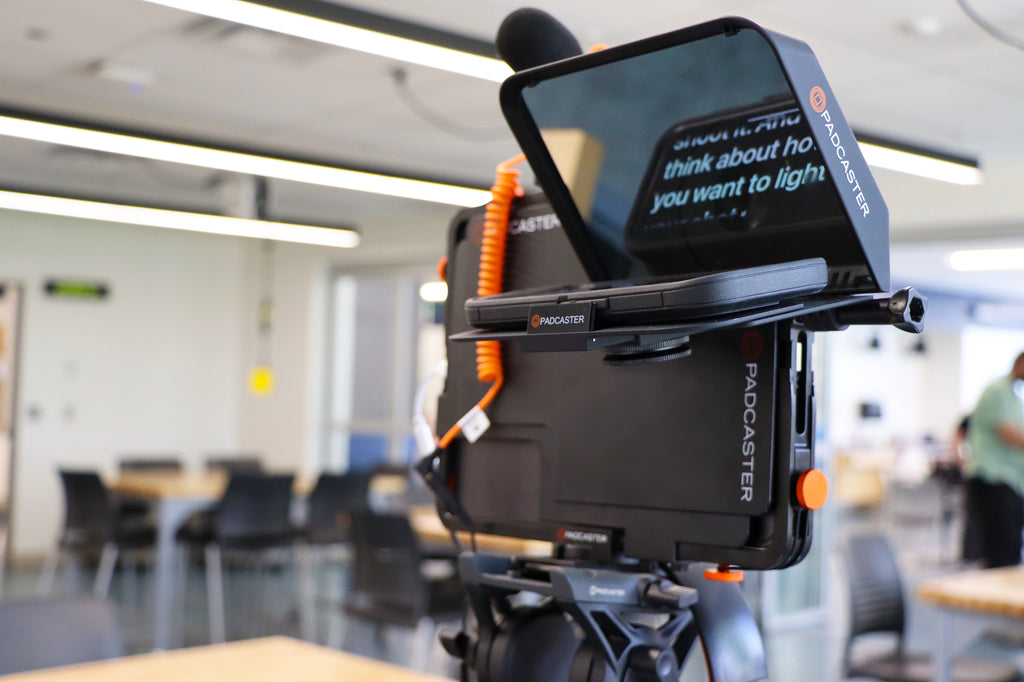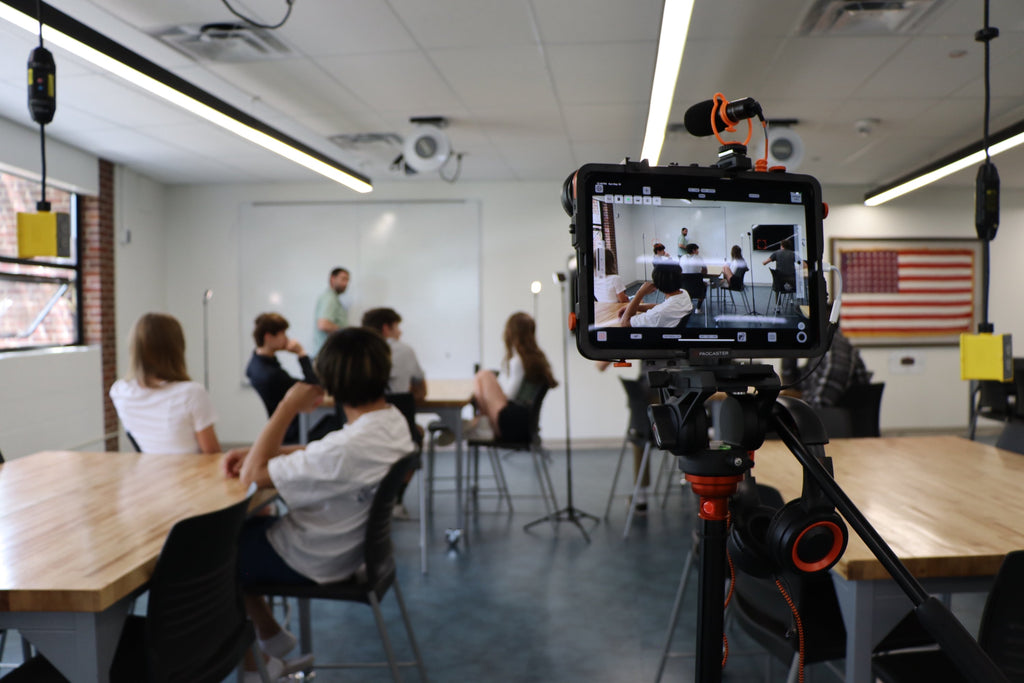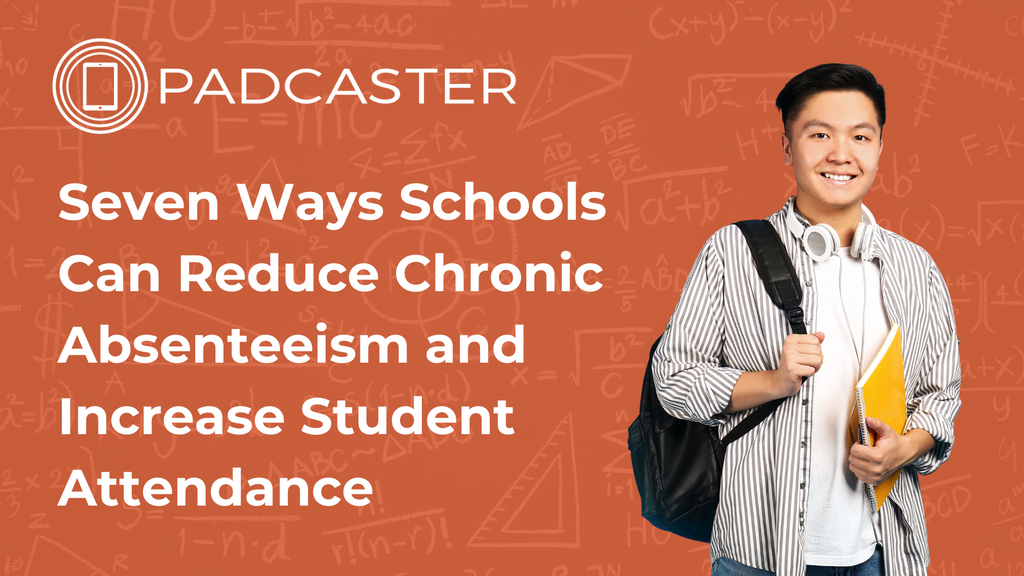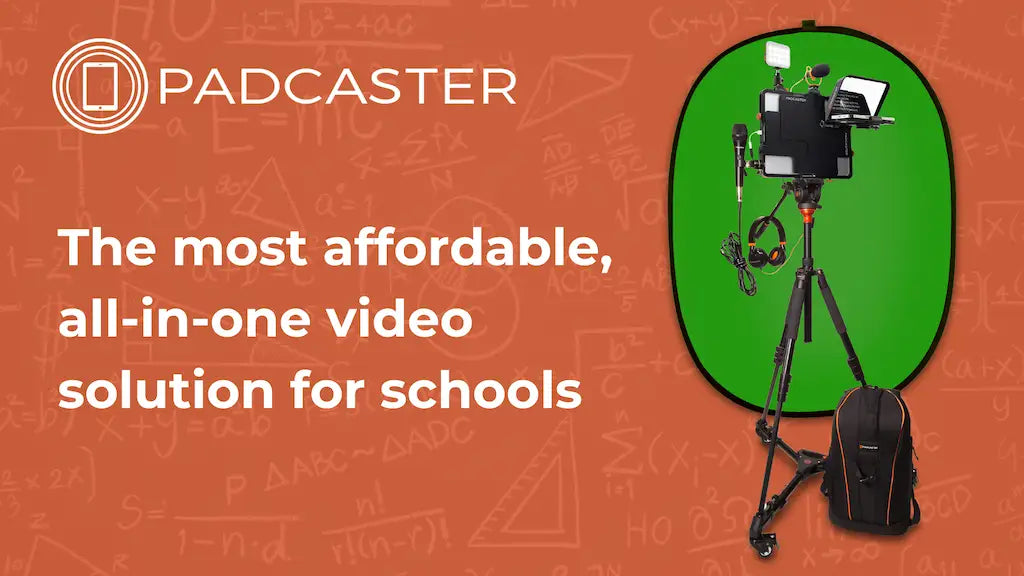
On September 18th Padcaster teamed up with the philanthropic organization Twist Out Cancer to help live stream their inaugural gala, Brushes With Cancer. The packed event was the culmination and celebration of months of work between artists and cancer survivors. Streaming the event was important to the organization's founder Jenna Benn Shersher who established Twist Out Cancer under the belief that “when you share, the world opens up” and wanted to make sure those who were not able to physically attend could still partake in the joy of the event. Jenna’s own experience with the isolation that comes with cancer led her to share a viral video dance challenge that would spark the creation of the Twist Out Cancer community and non-profit organization. Read below to learn more about her story and dedication to connecting survivors and inspiring hope through the arts.
Tell me a bit about yourself and why you decided to start Twist Out Cancer?
I started Twist Out Cancer after my own cancer experience. Back in 2011, I was diagnosed with a rare blood cancer called grey zone lymphoma and at the time in 2011, there were only about 200 cases worldwide. It was a pretty lonely place to be. There wasn’t a lot of resources, not even a set regiment and it still doesn’t have a legit name, it’s called grey zone, which isn’t even a real title. I started trying to figure out what I needed and found community was key to helping me through my journey. I was a young adult with a rare type of cancer and little online support and certainly no real community in person. I wasn’t necessarily out to build a community but it was something that I really needed. It was a pretty isolating and lonely place to be and then as I was going through treatment I, of course, had to endure in-patient hospitalization for the type of cancer that I had. I ultimately wanted to be around people but couldn’t and so I started blogging as a coping strategy and ended up putting out a [video] challenge asking people to do the [dance move] the twist and to join me on the dance floor. Within a few days, we had a couple thousand people twisting out cancer and that’s where the organization’s name comes from.
When I finished treatment and started to get better and really healing I knew I wanted to give back to the community that I had built online. Initially, I was just going around the country sharing my story and leading people in the twist. I did that for a bunch of survivorship walks, soon after I realized that what I was doing was nice but it wasn’t fulfilling in the way I wanted it to be. So I started to put my head together with a bunch of other people who are smarter and more talented in a lot of different areas than I am and we were able to turn our grassroots movement into a non-profit. Since 2011 our main focus is to provide emotional, or psychosocial is the more clinical term, support to individuals touched by cancer through creative arts programming. Everything that we do is about empowering people to come forward with their story and not to retreat. By doing this we learn from their stories and are able to create community and awareness.
Twist Out Cancer runs these big events and programs called Brushes with Cancer which match artists with people touched by cancer, then the artist creates something that reflects their journey. At the end of the program, we have big art exhibitions, galas, and celebratory events. It really focuses on the importance of storytelling and how the arts can be used as a mechanism for healing.
How did the original Twist video come about? Where did your inspiration come from?
The first video was super low budget. One day I was home from treatment and I was really immunosuppressed so I didn’t have anyone around me because of the risk of infection. I was also pretty jacked up on steroids and other drugs that they had given me for treatment. I literally put up my laptop in front of me on a little end table [and just started doing the twist]. If you listen really hard you can actually hear the lamp falling over in the background. All I did was put it on YouTube and then posted it to Facebook asking “who’s joining me on the dancefloor.” That was it. It was super low budget and within a couple of days all of a sudden we had videos from all over the world. It was amazing because at the time I was living in isolation and these events helped me stay connected with the people and the outside world.
When I was stuck in the hospital or stuck in my apartment just waiting to re-emerge and be around people again, I was transported [via the twist challenge responses] to where they were at. I was being brought into office parties, bar mitzvahs and weddings and it was this amazing thing. I started calling the responses e-gifts. I would be in the hospital feeling terrible and then I would get a notification on Facebook or an email that a new video was up and it was exactly what I needed to lift my spirits and get me through the next round of treatment and over the next hurdle.
I love the idea of you receiving response videos from all these different times zones and places. It’s so sweet and really shows the power of sharing authenticity through video and social media.
I mean [the original video] was kind of raw and I didn't put any real thought into it or what it might become. It was not like I sat down and said to myself “I really want to make this look good”. I mean I didn’t know anything about blogging or social media. It was still back in the time where you could have an organic Facebook following and that’s really what happened. All of a sudden the numbers and the statistics from my blog were going up and I could actually put faces to those numbers. That was really powerful to me because it wasn’t just friends and family it was a bunch of strangers that said “You know I can do this.” At the time putting a video of yourself online was still this kind of a novel idea. It was as if all of a sudden we realized “well I can do that. I’m going to do that.” I was really in the right place at the right time, when people were just starting to connect over social media.
How does Brushes With Cancer, match survivors with artists?
It starts as an application process but every Brushes program is really like a pregnancy. They last nine months and we try to start the process in January or a little bit after depending on when we launch. The applications for artists and survivors are completely separate because we really want to have a sense of why individuals are coming to the table. To participate in the program, artists by no means are required to have had experience with cancer. But I think you would be hard-pressed to find someone who hasn’t at least known someone with [cancer] or has been touched by it in some way. You get to a certain age and most people have experienced some sort of health crisis whether it’s personal or someone close to them.
Based on those stories and applications we start to see some interesting similarities that come to the surface. An effort is made to try and push people outside of their comfort zones when it comes to their partnerships. We try not to pair people that might meet organically at a coffee shop or a bar. Our goal is to have people from different walks of life use cancer as a common ground to connect them. What we find is that the cancer is just kind of the entry, it’s the meeting point for them to relate and then you end up just seeing these amazing connections happen that aren’t based on cancer at all, they’re based on being human. By bringing people together with “real stuff” not just small talk it allows people to connect in an authentic way.
Why did you decide to live stream the Brushes With Cancer gala?
Well the irony of all of this is when I started I was 29 and I was definitely up with Facebook and that was my refuge but since then there have been so many changes with social media that I feel like a dinosaur now. In terms of live streaming, it’s something we had never done, so I knew we needed to do it. I think that it’s such an amazing way of connecting people that can’t physically be at our events. During the stream we had past participates in California viewing it and saying “this is so amazing I feel like I’m there!” we also had people who were still in the hospital watching and were able to learn more about what [the event] was like.
Being able to use technology to connect people that can’t physically be with us is so important. It’s at the heart of who we are. Working with Padcaster has been amazing, and the integration of [live streaming] really took us to the next level.
Will you be doing more live streaming events or workshops in the future?
Yes! We would love to live stream more events. It’s such a great asset and is such a great way to raise awareness about who we are and what we are doing. It makes the world feel a little less distant, it makes us feel connected.
I think it would depend on the right workshop. We are doing things in the community all the time and, for example, we had a kick-off event where we baked challah bread and that would have been a great workshop to live stream because people could have followed along with us at home. I also think getting back to the heart of how [Twist Out Cancer] started where we had asked people to put out challenges that were meaningful to them, and using live streaming as a mechanism for expanding that. There are so many possibilities, especially because we are in so many different cities around the world now, getting the other chapters involved [via live stream] would be awesome.
by Marin Morales
Need More Information?
Fill out the form here to get in touch with a member of the Padcaster Team.


